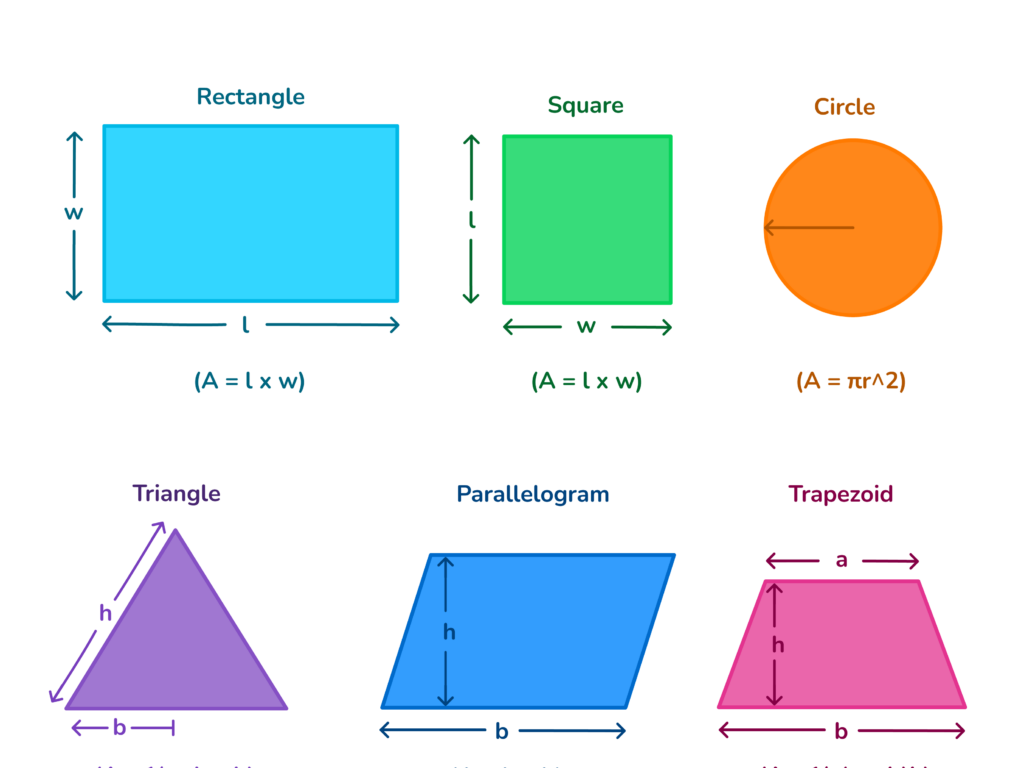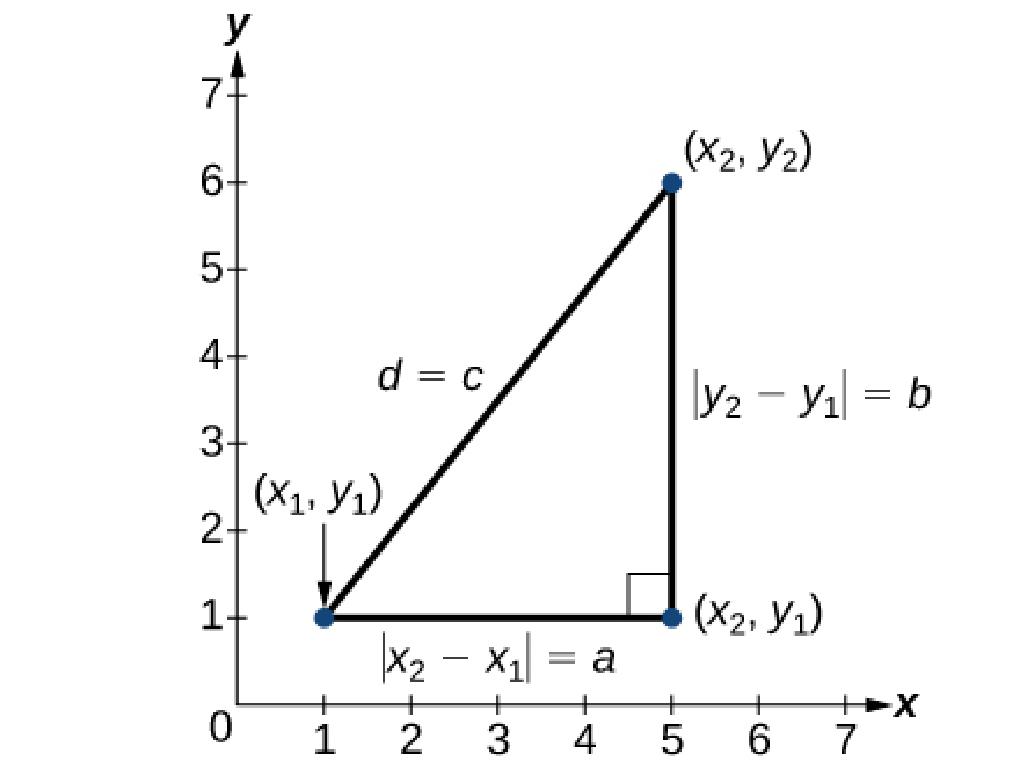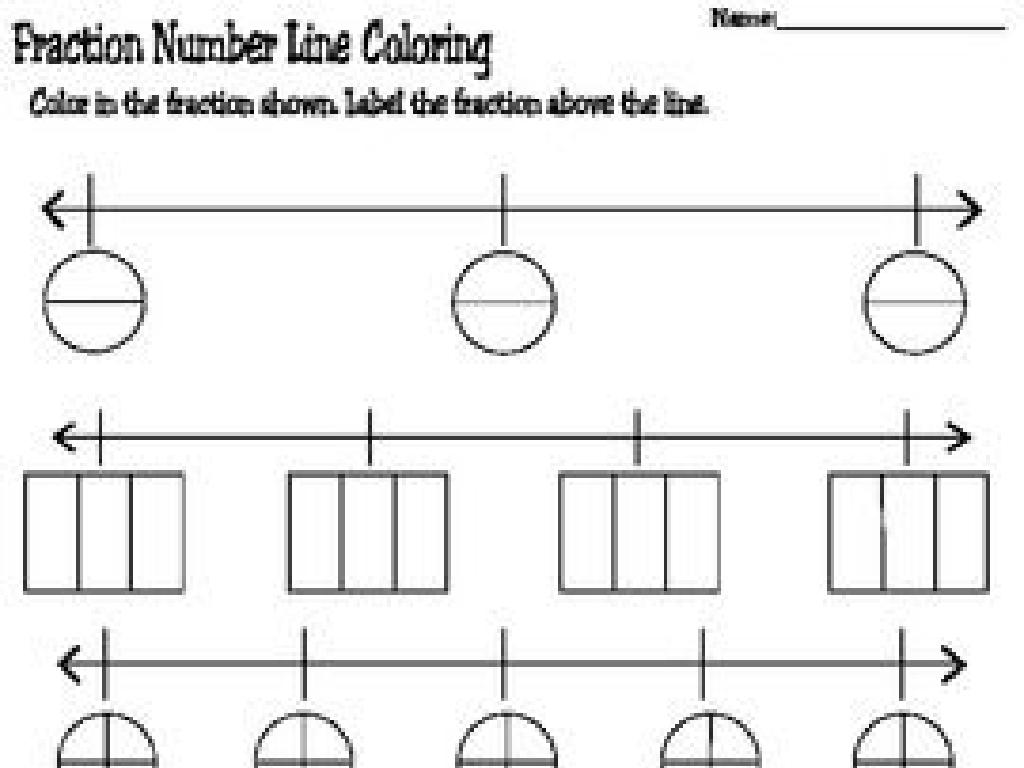Abbreviate Months Of The Year
Subject: Language arts
Grade: Fourth grade
Topic: Abbreviations
Please LOG IN to download the presentation. Access is available to registered users only.
View More Content
Abbreviating Months of the Year
– What are abbreviations?
Shortened forms of words or phrases.
– Why use abbreviations?
They save space and time in writing.
– How to abbreviate months
Use the first three letters, capitalize them.
– Practice with examples
Jan. for January, Feb. for February, etc.
|
Begin the lesson by explaining what abbreviations are and provide simple examples like ‘Dr.’ for Doctor or ‘Rd.’ for Road. Discuss the reasons we use abbreviations, emphasizing their convenience in saving time and space, especially when taking notes or writing in calendars. Introduce the rule for abbreviating months, which is to use the first three letters and capitalize them, followed by a period. Provide clear examples for each month and encourage students to come up with their own. Prepare a worksheet with exercises for students to practice abbreviating months and identifying them in sentences.
Exploring Abbreviations
– What is an abbreviation?
– A shortened form of a word or phrase.
– Common abbreviation examples
– Dr. (Doctor), Rd. (Road), Jan. (January)
– Abbreviations vs. Acronyms
– Abbreviations are short forms, acronyms form new words.
– Practice with months’ abbreviations
|
Begin the lesson by defining an abbreviation as a shorter way to write a word or phrase, which saves space and time in writing. Provide familiar examples like ‘Dr.’ for Doctor or ‘Rd.’ for Road to illustrate the concept. Clarify the difference between abbreviations and acronyms; abbreviations are pronounced as a series of letters, while acronyms form new words. Engage the class with examples of abbreviating months, such as ‘Jan.’ for January, and encourage them to practice abbreviating other months. This will help students understand how to recognize and use abbreviations in their writing.
Why Abbreviate Months of the Year?
– Abbreviations save time
– They make writing & reading easier
– Instead of ‘September’, we write ‘Sept.’
– Used often in daily language
– ‘Jan’, ‘Feb’, ‘Mar’ are quicker to use
– Helps in learning & remembering
|
This slide explains the reasons behind abbreviating months of the year. Abbreviations are a shortcut in writing that help us save time and space, especially when dealing with long words or limited writing space. They also make reading and writing more convenient, as shorter forms are quicker to write and easier to read. Abbreviations are commonly used in everyday language, making them an essential part of communication. Introduce students to the abbreviated forms of each month and explain that these forms are often used in calendars, schedules, and informal writing. Encourage students to practice writing the abbreviations to aid in memorization and recognition.
Abbreviating Months of the Year
– 12 months in a year
– Abbreviate January to Jan.
– Shorten months for convenience, e.g., Feb., Mar., Apr.
– Some months have 31 days
– April, June, Sept., Nov. have 30 days
– February is unique with 28 or 29 days
– Leap year adds an extra day to February
|
This slide introduces students to the concept of abbreviating the months of the year. Start by discussing that there are 12 months in a year and show how each month can be abbreviated, such as Jan. for January, Feb. for February, and so on. Explain that while most months have 31 days, some have only 30 days. Highlight that February is unique because it has 28 days, or 29 days during a leap year. Use a calendar to help students visualize the different lengths of each month and practice abbreviating each month’s name. This will help them understand the practical use of abbreviations in writing dates and organizing schedules.
Abbreviating Months: January to June
– Abbreviate January as Jan.
– Abbreviate February as Feb.
– Abbreviate March as Mar.
– Abbreviate April as Apr.
– May stays the same
– May is already short, so it doesn’t change.
– Abbreviate June as Jun.
|
This slide introduces students to the concept of abbreviating the first six months of the year. Abbreviations are shorter forms of words used to save space and time. January becomes ‘Jan.’, February becomes ‘Feb.’, March is ‘Mar.’, April turns into ‘Apr.’, May remains ‘May’, and June is abbreviated to ‘Jun.’. It’s important to note that May is unique as it does not change because it is already a short word. Encourage students to practice writing these abbreviations and to remember to use a period at the end to show that it’s an abbreviation. This will help them in writing dates and understanding calendars.
Abbreviating Months: July to December
– July becomes Jul.
– August becomes Aug.
– September becomes Sept.
– October becomes Oct.
– November becomes Nov.
– December becomes Dec.
|
This slide focuses on teaching students how to abbreviate the months of the year from July to December. Each month is shortened to a three or four-letter abbreviation, which is a common practice in writing dates and organizing information. It’s important to note that while most months are abbreviated to the first three letters, September is an exception, becoming ‘Sept.’ Encourage students to practice writing these abbreviations and to remember them by associating each with something memorable, like a holiday or a personal event that occurs in that month. This will help them to use these abbreviations correctly in their writing.
Practice Time: Abbreviating Months
– Write abbreviations as a class
– Identify months with d 4 letters
– Apr, Mar, May, Jun, Jul
– Discuss why May, June, July aren’t abbreviated
– They are already short and easily recognized
– Practice writing other month abbreviations
– Use the first three letters for other months
|
This slide is for a class activity where students will practice writing the abbreviations for the months of the year. Start by guiding the class through writing abbreviations for longer months. Highlight that months with four or fewer letters, such as April (Apr), March (Mar), May, June, and July, are already concise, so May, June, and July do not need to be abbreviated. Explain that typically, the first three letters are used to abbreviate the months. For the activity, students can write out all the abbreviations and then share their answers. This exercise will help reinforce their understanding of abbreviations in a practical way.
Activity: Create Your Calendar!
– Get a blank calendar template
– Abbreviate all the months
– Jan, Feb, Mar, Apr, May, Jun, Jul, Aug, Sep, Oct, Nov, Dec
– Fill in all the dates correctly
– Mark your birthday with a fun abbreviation!
– For example, B-Day for Birthday!
|
This activity is designed to help students practice abbreviating the months of the year while engaging with a fun and creative task. Provide each student with a blank calendar template. Instruct them to write the abbreviated form of each month at the top of the calendar pages. Then, they should fill in the dates for each month. Encourage them to mark their birthday with a special abbreviation or symbol that stands out. This will help them remember the abbreviations and associate them with personal events. Possible variations of the activity could include marking holidays with their abbreviations, such as Ind. Day for Independence Day or MLK Day for Martin Luther King Jr. Day.
Class Activity: Birthday Months Abbreviations
– Listen for your birth month abbreviation
– Stand and say the full month and abbreviation
– Example: If I say ‘Jan.’, you say ‘January’ and stand up
– Help create a birthday chart
– We’ll write the abbreviations on the chart
– Learn all month abbreviations
– Practice makes perfect! Try to memorize them all
|
This interactive activity is designed to help students learn the abbreviations for the months of the year. As the teacher calls out each abbreviation, students whose birthdays fall in that month will stand up and say the full month name followed by the abbreviation. This reinforces their understanding through repetition and association. Afterward, the class will collaborate to create a birthday chart on the board, writing out each student’s birth month using the correct abbreviation. This visual aid serves as a reference and helps with memorization. Encourage students to learn all the abbreviations, as this knowledge is useful in writing dates and understanding calendars. Possible variations of the activity could include having students write the abbreviations on a worksheet, match full month names to their abbreviations, or even create birthday cards for classmates using the correct month abbreviations.
Conclusion & Homework: Month Abbreviations
– Congrats on learning month abbreviations!
– Homework: Write a story with month abbrevs.
– Include Jan, Feb, Mar, etc., in your creative story
– Use abbreviations for all months in your story
– Keep practicing for perfection!
– The more you practice, the better you’ll remember!
|
Well done on today’s lesson about abbreviating months of the year! As a homework assignment, students are expected to write a short story and apply what they’ve learned by using the correct abbreviations for any months they mention. This exercise will help reinforce their understanding and ensure they can use these abbreviations in their writing. Encourage creativity and remind them that consistent practice is key to mastering new skills. In the next class, we can have a few students share their stories to celebrate their effort and learning.






